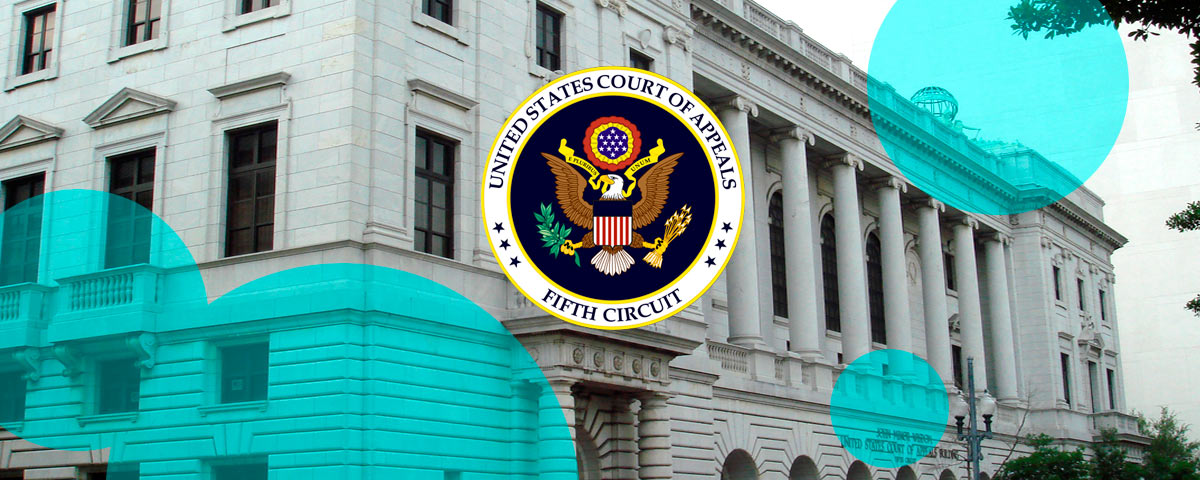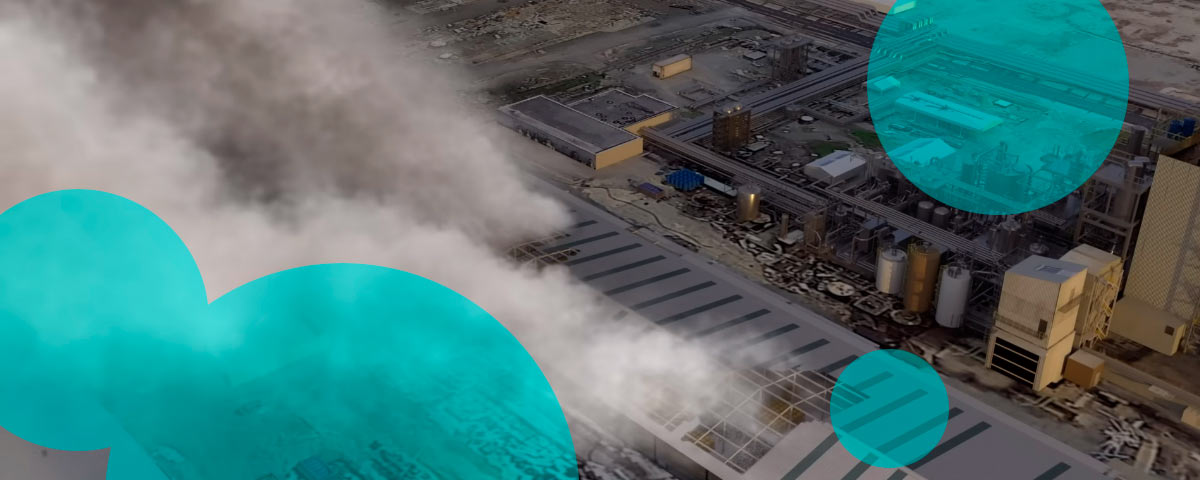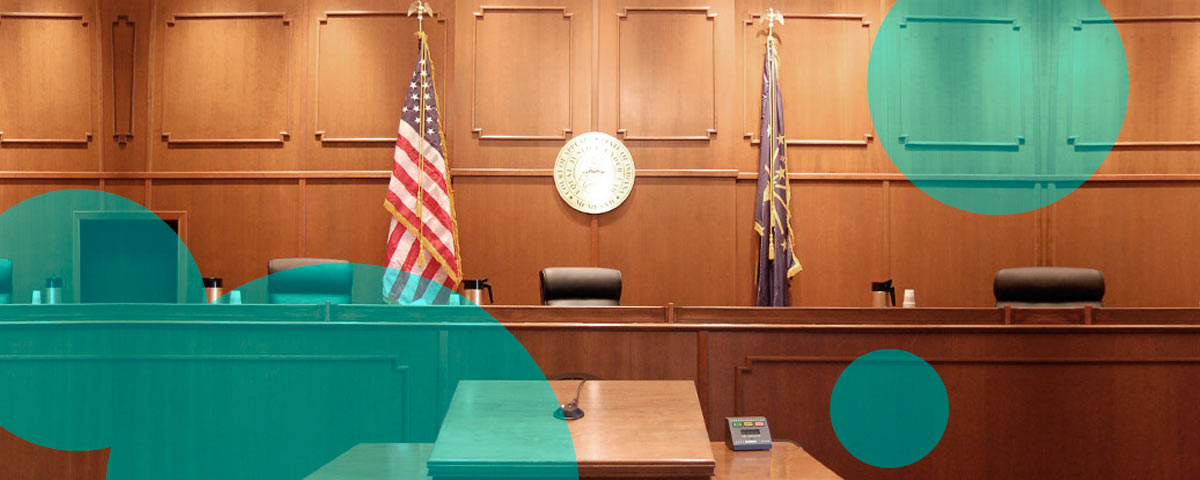California lawmakers sent Gov. Gavin Newsom legislation that would create what they describe as the country’s first public wildfire catastrophe model.
Senate Bill 429, enrolled Sept. 17, builds on existing law that already forces carriers with at least $10 mn in written California premiums to submit fire-risk reports on their insured residential properties.
The commissioner then releases those data publicly.
SB 429 goes further by establishing a Wildfire Safety and Risk Mitigation Program inside the Department of Insurance. The program would fund research, build and maintain the public model, and use it to shape mitigation strategies, inform actuarial work, and support regulatory oversight of insurance pricing.
Sen. Dave Cortese, who represents Silicon Valley, said the model creates a shared data pool. Lawmakers could draw on it when constituents ask about rate hikes – where they’re happening, why they’re accelerating, and whether the conclusions align with actuarial justifications.
We can’t do what the insurance commissioner does in evaluating and calling the shots on rate increases based on actuarial risk, but what we can do is say: ‘Hey, we’ve got our own data now and it does or doesn’t generate the same conclusions’. And as a public system, it isn’t proprietary.
Sen. Dave Cortese
He added that the open-access structure means anyone – researchers, communities, regulators – could review regional disparities in wildfire risk.
Insurance Commissioner Ricardo Lara, in a letter backing SB 429, called the project a tool to expand affordability and availability of coverage while also showing policymakers what changes would prevent future wildfire disasters.
A first-in-the-nation public wildfire model will be a critical tool for firefighters, city leaders, scientists and students, and keep California at the forefront of safety and innovation
Insurance Commissioner Ricardo Lara
Cortese said SB 429 didn’t face significant resistance, in part because it came as one piece of a larger wildfire and insurance package.
If signed, the program positions California as the testing ground for public catastrophe modeling, an area long dominated by proprietary systems owned by private vendors.









